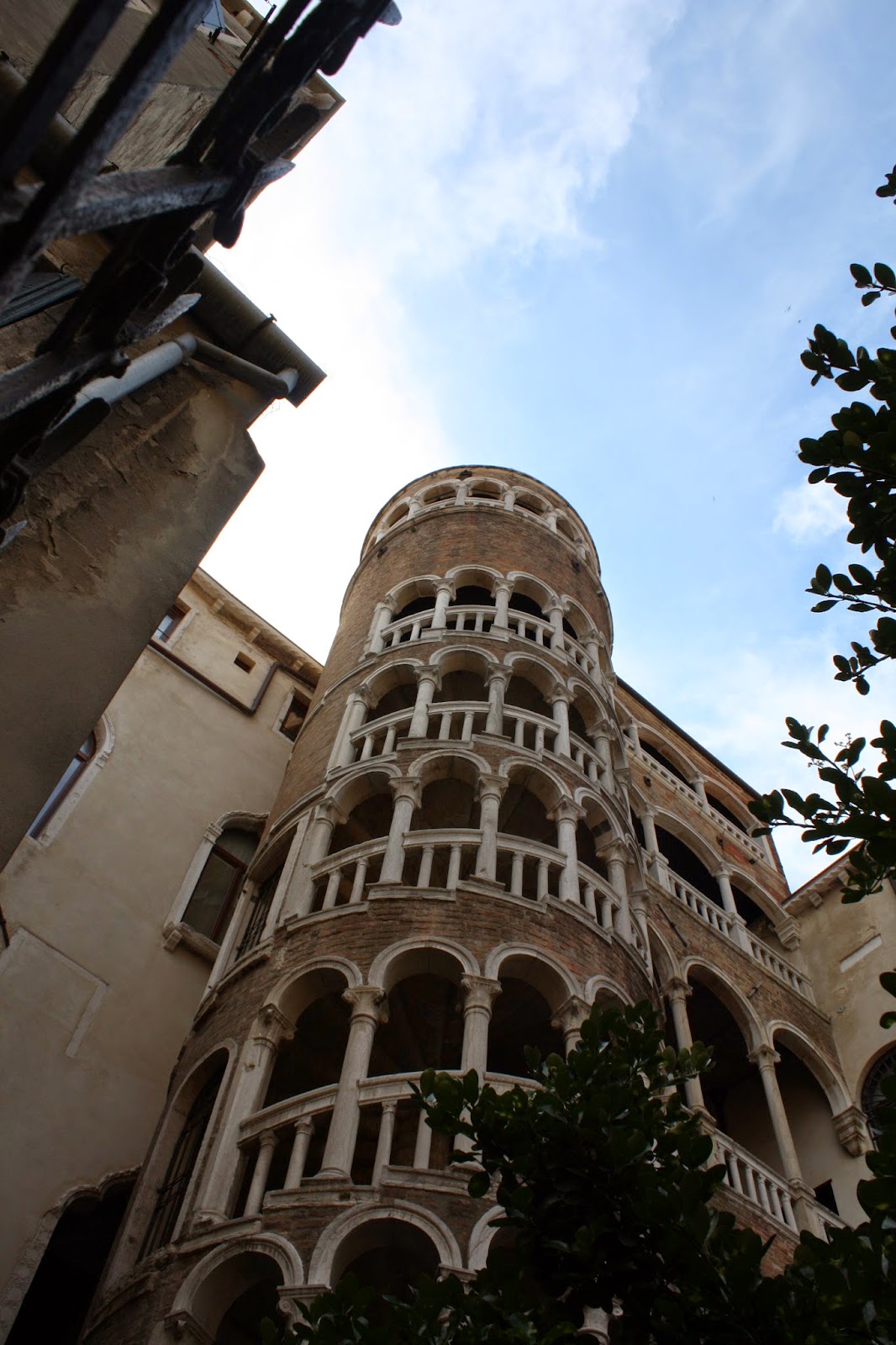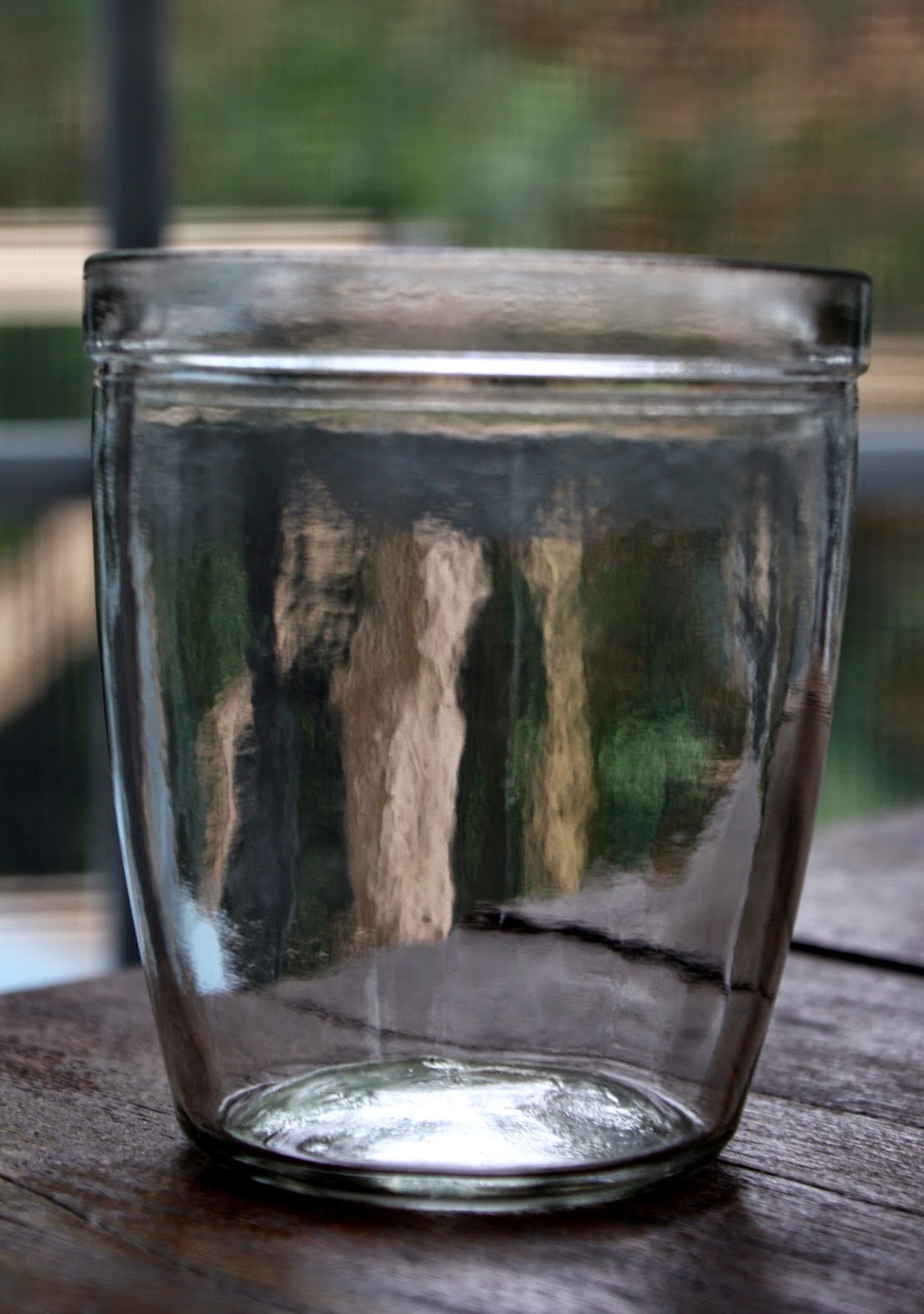Europe is an expensive
continent to travel in and I find
most countries that use the euro are a little more pricier. So, when we planned
a recent trip to Italy,
I made sure I researched all the cities we would be staying in and planned out
a strict budget for us to follow. In Rome, Florence and Milan that seemed to be easy, but Venice? That was a different story. When researching hotels and where to stay, I
was shocked to find even the "budget" accommodation to be
pricey. I think in the end I managed to
plan a stop in Venice
that allowed us to explore and see the city, while maintaining a strict budget.
Without further ado, here are my tips for travelling on the
cheap in Venice.
Accommodation
This is one of the most expensive parts about travelling. It also can be difficult to find quality accommodation while on a budget. If I had been travelling solo, I would have had no problem sleeping in a hostel dorm. Since my husband and I were going on this trip together, we wanted it to be a little more "fancy". In Rome and Florence we managed to find beautiful accommodation through the website Airbnb. Unfortunately in Venice, there weren't many places to stay through that site and the few I could find were extremely expensive. I gave up trying to find a fancier place and just settled for cheap, centrally located (we had an early train ride one morning so being near the sights AND the train station was a bonus) and someplace that was on the ACTUAL island of Venice. We only had two days to explore and I didn't want to waste it in transit back and forth each day.
We ended up staying at a hostel called "Ostello Domus Civica". The pros were that it was centrally located, close to the train station, cheap and got good reviews. The cons were that although we had our own room, we had to sleep in bunk beds. Also, we had to share a bathroom with the entire floor (although we had our own sink in the room). In the end, 112 euros for two nights accommodation for two people wasn't that bad (and this was the cheapest I could find on the island). When we arrived, we were pleasantly surprised as the room was big, bright, clean and had lots of closets and drawers to put your things. Another perk was the giant rooftop terrace where we could overlook the city and enjoy our dinner every night. It certainly was a nice way to end a hot and tiring day of sightseeing!
Our supermarket-bought dinner on the hostel's rooftop terrace. Yum!
Food
The next biggest cost when travelling is food. Unless you want to spend every day of your trip eating ramen noodles, you're going to have to spend a little money. I found that Italy had such delicious food, it was easy to buy a super cheap, no frills meal and still feel like we were eating like kings and queens. When I was researching Venice, I found that many people recommended filling up on "cicchetti", which are small snacks or side dishes that are served in tiny bars in Venice. These snacks typically cost only 1 or 2 euros each and can provide a tasty meal without denting your wallet. While we did wander around and check out a few of these cicchetti bars, we ended up finding some other recommended budget eats elsewhere.
We had lunch at "Antico Forno" (located at Sestiere San Polo, 970) and it was delicious while being very budget friendly. Main dishes were around 7 or 8 euros and the restaurant had a comfortable atmosphere. It wasn't anything fancy, by any means, but it was extremely tasty food. I heard that they also sold pizza to go by the slice (an even more budget-friendly option), but we chose to eat in the restaurant.
Lunch at Antico Forno.
Another place that's on my "must go" list is "Alfredo's -Fresh Pasta To Go" (located at Calle De La Casseleria, 5324). This was definitely one of my most favourite meals in Italy and THE.BEST.PASTA.EVER. Seriously. I'm getting hungry just thinking about it. The deal with Alfredo's is that it's a tiny, hole in the wall place. They don't even have a sign outside! You just have to find your way to the general area where they're located and then kind of just follow your nose (and the sight of increasingly more people eating delicious looking pasta in white take-out containers). You go in, stand in line, pick the kind of pasta you want, pick your sauce, pay 7 euros, wait about 5 minutes and voilà! Best pasta of your life. The sauces and pasta are all freshly made, piping hot and mouth-watering good. They don't accept credit cards and the place is so small there's nowhere to sit inside. Just get your take-out container and find a stoop or bridge somewhere and sit down and enjoy!

Alfredo's Fresh Pasta To Go. This photo doesn't nearly do it justice.
Finally, at the end of my food list is Caffe del Doge. This cute little cafe is where the locals go to get their coffee in the morning. The prices are reasonable but the real upside of this place is that they don't charge a service fee for sitting at the table.
Sightseeing
Venice is a very expensive place to go sightseeing. When travelling on a budget you need to prioritize what's important for you to see and what's not. We got most of our paid (and free!) sightseeing done in Rome and Florence. While it would have been nice to check out the Doge's Palace and the Gallerie dell'Accademia we had to ask ourselves, would we really regret not seeing them? The answer was no. We chose to spend our sightseeing budget on places we were absolutely dying to see, and try to enjoy as many free sights as we could the rest of the time. I'm going to be honest though, in Venice there's not really that much to see for free. Sure, you can always walk around and just explore the quaint, meandering streets (and this is something you should do anyway), but there wasn't much to see by way of actual sights. I actually found Rome to be the best for free sightseeing. Regardless, there are still some things you can see:
Churches: Most churches are free to enter. You just need to make sure you're dressed appropriately and it always helps to keep a shawl in your bag to cover your shoulders. Many churches we explored we just happened to stumble upon by accident. Some other options are San Zaccaria Church and San Giovanni in Bragora.
Besides wandering around the streets, you can also wander around the exterior of the Doge's Palace and Piazza San Marco, along with checking out the Bridge of Sighs.
It's always great to stroll along the Grand Canal and walk across the Rialto Bridge as well. We did this several times during our stay.
There's also a beautiful renaissance spiral staircase that was built around 1499. It's called Scala Contarini del Bovolo and locating it might be a little tricky but it's worth it to see. It's down a small alleyway in a courtyard. You can't actually go near the stairs as the area is fenced off, but you can get close enough to see it and take some photos.
You can also check out Campo San Barnaba, the church where Indiana Jones and the Last Crusade was filmed (it was used for the exterior library shot).
Scala Contarini del Bovolo, a renaissance staircase.
Campo San Barnaba. Do you recognize it from Indiana Jones?
Gelato
When creating a budget for our Italy trip, I made sure to factor in gelato as an expense all on its own. Little did I know, we needed a lot more of a budget as getting gelato at least twice a day became a necessity. Trust me, you'll want to plan a budget JUST for gelato. A typical cup or cone costs around 3 euro. My favourite place in Venice (and one of my favourites from the entire trip) was a little, out of the way place called "La Mela Verde" (located at Fondamenta
de L'osmarin-Castello).
I could eat 3 of these cups right now...
Gondola Rides
In Venice it seems THE thing to do is take a ride in a gondola. Actually, this is probably what most people think of when they picture the city. Does this mean we went for a gondola ride while we were there? At those prices?!?! You must be joking. A ride in a gondola is not the most budget-friendly thing you can do while travelling in Venice. Sure, you get to have the experience and it seems like it can be a bit of a novelty but I'd rather not pay almost my entire accommodation budget for 25 minutes of bobbing around in a tiny boat. The going rate for a gondola ride is 80 euros for 25 minutes or 120 euros for 45 minutes. Can you believe that!? 45 minutes in a gondola costs more than what I paid for 2 nights accommodation.
So, how does one get the gondola experience without the sky high prices? There are a couple options. The first one is very cheap: simply take a traghetto (an oversized gondola rowed by two gondolieri) across the Grand Canal for 2 euros. There are several links to do this up and down the Canal and the ride lasts 5 or 6 minutes.
A more expensive option (but worth it if you want more out of your experience and more time in a boat) is to do a rowing lesson through the company "Row Venice". The lessons last about 2 hours and can provide a great memory for your trip. We considered doing this option but decided against it in the long run as we had a very short stay in Venice and didn't want any time constraints. It looked like a really cool experience, though, and well worth the money since you're actually getting a lesson and a ride out of it.
Some other tips for Venice
(Some of these may seem obvious)
Water: I always travel with a water bottle. 1 or 2 euros for a bottle of water might not seem like a lot, but it can add up quickly if you go through several bottles a day (especially in the heat of summer!). The thing I loved about Italy was that it had fresh water spouts all over the cities with free flowing, icy cold water. This was very convenient when our water was running out or getting too warm in the heat.
Souvenirs: The closer you are to popular touristy areas, the more expensive souvenirs and postcards will be. Just venturing a couple blocks away from the main sights might save you a few euros. This also applies to restaurants and food.
Supermarkets: While we were in Venice we bought all our dinner groceries, snacks, drinks and alcohol from the local supermarket. Buying items this way is way cheaper than buying them at overpriced food stalls or at convenience stores.
Walking Tours: Before travelling to a new city, always check online to see if there are any free walking tours offered. We didn't go on any organized free tours in Venice, but we did use Rick Steve's audio guides. We used one iPod with a headphone splitter and wandered around doing our own tours. You can download Rick Steve's guides and maps for free on his website. It's a great way to explore the city and find out interesting information for free.
Thanks for checking out my blog and budget travel advice for Venice. Have a great day! :)













































